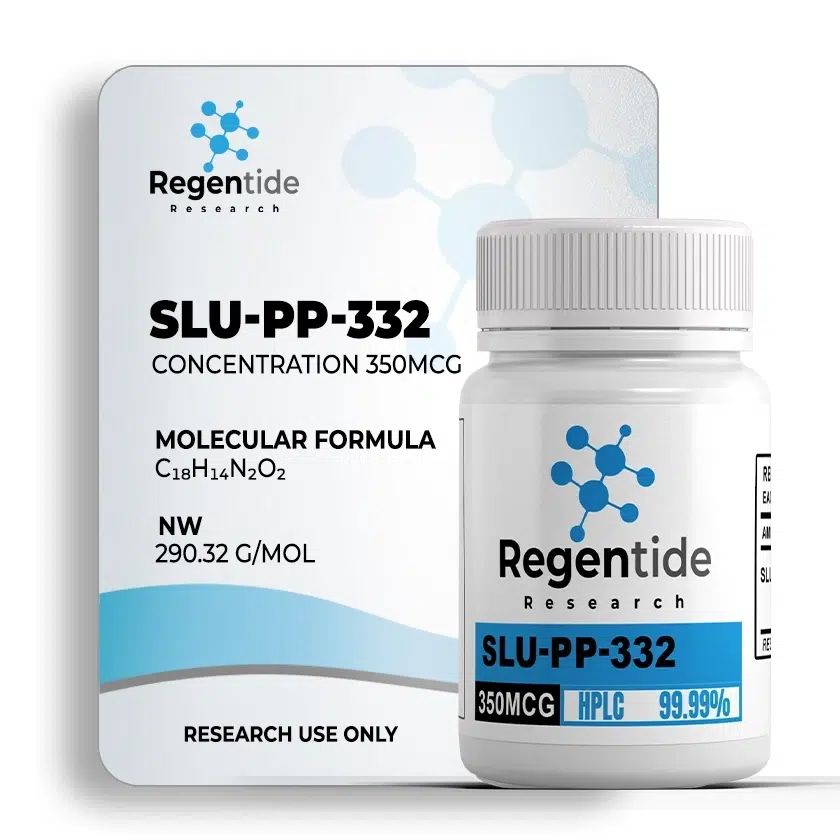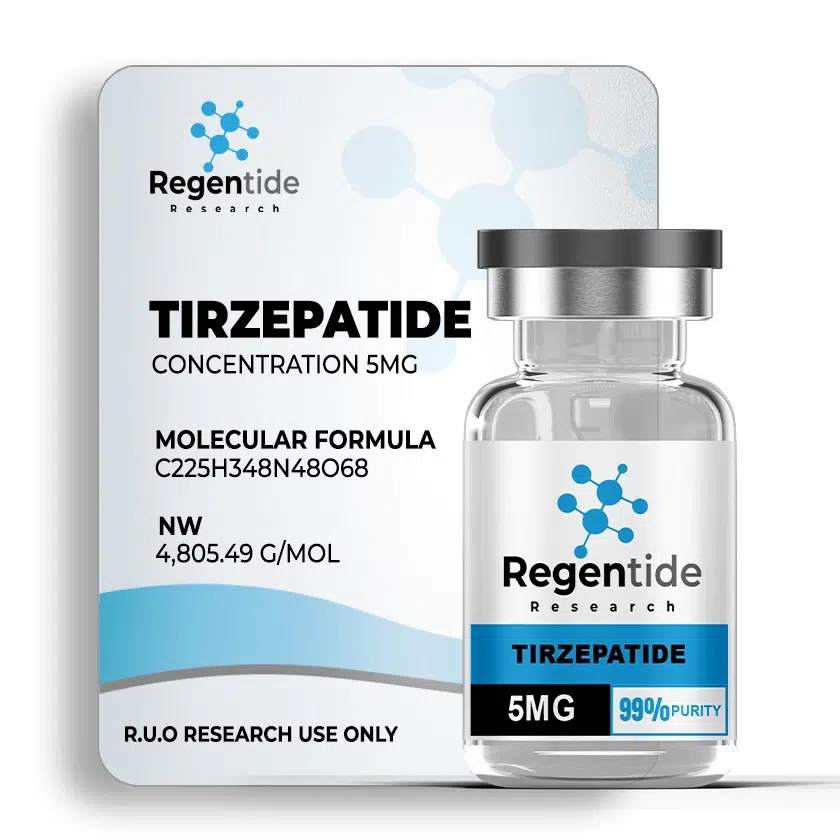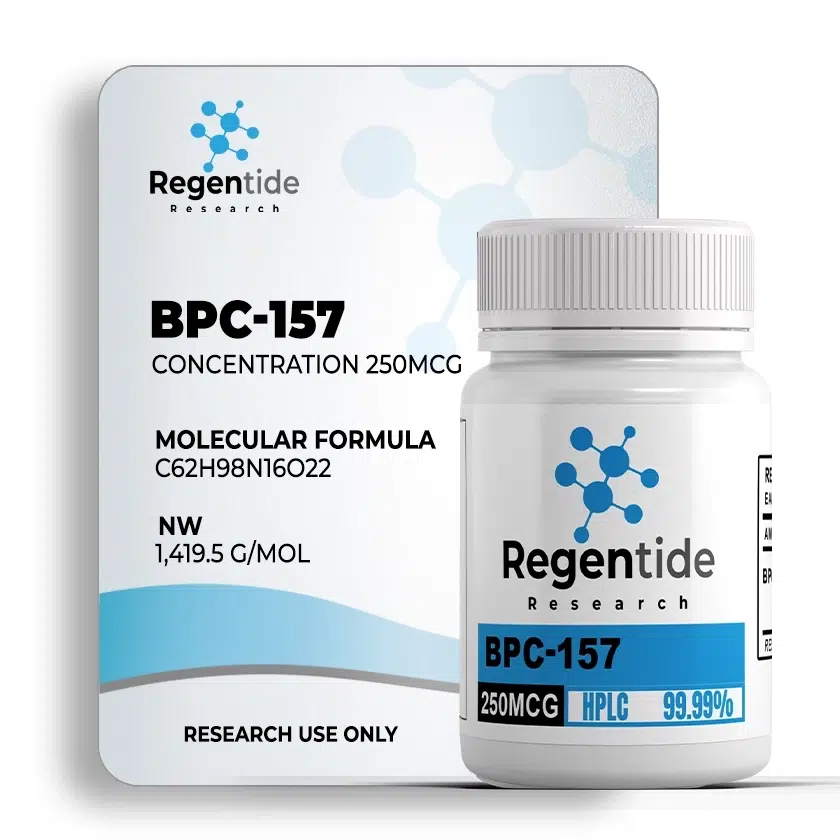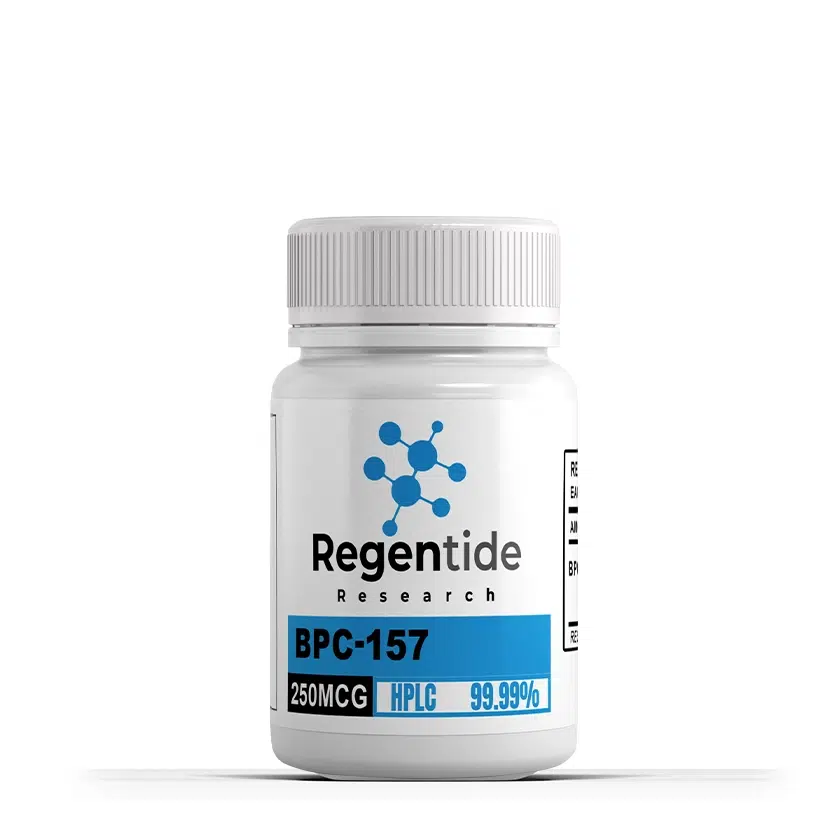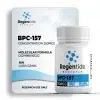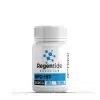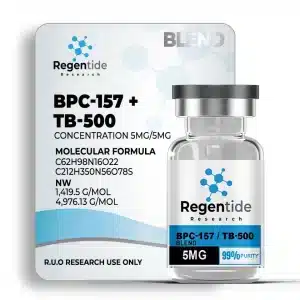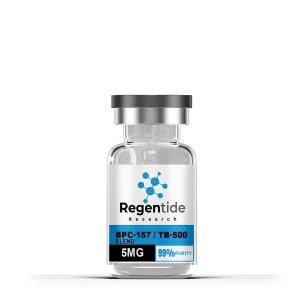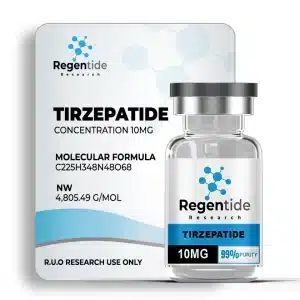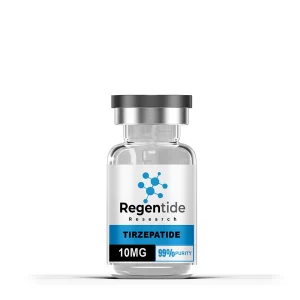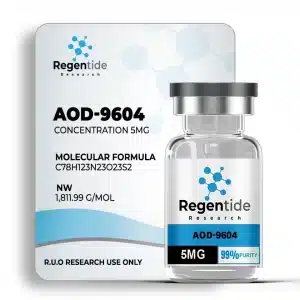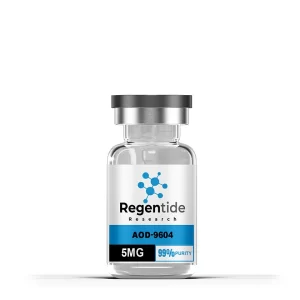BPC-157 250mcg (60 caps)
Original price was: $99.99.$82.50Current price is: $82.50.
BPC-157 is a synthetic peptide derived from a naturally occurring protein in the human body, specifically found in gastric juices. It has been widely researched for its potential in promoting tissue repair, reducing inflammation, and supporting overall recovery processes.
Description
BPC-157 is a bioactive peptide that plays a key role in cellular regeneration and healing. It has been studied for its ability to accelerate the repair of muscles, tendons, ligaments, and the gastrointestinal tract. Its mechanisms of action involve enhancing blood flow, modulating inflammatory responses, and stimulating growth factors critical for tissue recovery. Due to its stability and bioavailability, BPC-157 capsules provide a convenient method for research applications related to injury recovery and overall wellness.
Key Features
- Tissue Regeneration – Supports the healing of muscles, tendons, ligaments, and the digestive system.
- Anti-Inflammatory Properties – Helps regulate inflammation, reducing oxidative stress and promoting cellular repair.
- Gastrointestinal Protection – Studied for its potential to aid in gut lining repair, addressing conditions like ulcers and leaky gut.
- Enhanced Recovery – May accelerate healing time following injuries or physical stress.
- Convenient Capsule Form – Ensures ease of administration while maintaining research-grade purity and bioavailability.
Research Focus
- Wound Healing & Tissue Repair – Investigating its effectiveness in muscle, tendon, and ligament recovery.
- Gastrointestinal Health – Studying its role in gut integrity, ulcer healing, and inflammatory bowel conditions.
- Neurological Protection – Evaluating its potential in protecting brain cells from oxidative damage.
- Pain Management & Inflammation – Exploring its influence on chronic pain and inflammatory disorders.
Safety and Usage
BPC-157 capsules are intended strictly for research purposes and are not approved for human consumption. They should only be handled by qualified professionals in controlled laboratory settings. Improper use or self-administration may lead to unintended effects. Researchers must adhere to all applicable safety regulations and guidelines during experimentation.


Description
BPC-157 Peptide
BPC-157, also known as Body Protection Compound-157, is a synthetic pentadecapeptide derived from a partial sequence of human gastric protein BPC. It consists of 15 amino acids and has been extensively studied in animal models for its potential in promoting cellular repair, angiogenesis, and anti-inflammatory responses. BPC-157 is water-soluble and stable in human gastric juice, making it a highly bioactive compound for laboratory investigation.
Preclinical research indicates that BPC-157 may exert modulatory effects on the nitric oxide (NO) system, vascular endothelial growth factor (VEGF), and other signaling pathways related to tissue regeneration and inflammation control. Its properties have been studied in various experimental models, including tendon, ligament, muscle, gastrointestinal, and central nervous system injuries.
Chemical Makeup
-
Molecular Formula: C62H98N16O22
-
Molecular Weight: 1419.54 g/mol
-
Sequence: Gly-Glu-Pro-Pro-Pro-Gly-Lys-Pro-Ala-Asp-Asp-Ala-Gly-Leu-Val
-
Solubility: Water-soluble
-
Stability: Stable in gastric environments
Research & Preclinical Investigations
BPC-157 and Tissue Repair
Studies in rodent models suggest that BPC-157 may accelerate the healing of tendons, muscles, and ligaments by promoting fibroblast migration, collagen deposition, and angiogenesis. Exposure to the peptide has resulted in increased outgrowth of tendon fibroblasts and enhanced capillary formation in wound beds.
Gastrointestinal Research Applications
BPC-157 has been extensively studied for its cytoprotective effects on gastrointestinal tissues. In chemically-induced ulcer models, BPC-157 administration was associated with accelerated mucosal healing, protection of epithelial layers, and modulation of inflammatory markers such as interleukin-6 and TNF-α.
Vascular and Neuroprotective Research
Experimental data suggest that BPC-157 may regulate the NO pathway and counteract endothelial dysfunction in vascular injury models. Additional studies have shown potential neuroprotective activity in models of traumatic brain injury, spinal cord injury, and peripheral nerve damage, possibly via anti-inflammatory and antioxidative mechanisms.
Pharmacokinetics
Though no human pharmacokinetic studies are available, in vivo murine models indicate a high degree of tissue penetration and rapid onset of biological activity, with measurable systemic effects after oral or parenteral administration.
Research Use Only
BPC-157 is provided for in vitro and in vivo laboratory research purposes only. It is not approved for human consumption, therapeutic use, or diagnostic procedures. Proper handling and disposal according to institutional safety protocols is required.
References
-
Sikiric P, et al. BPC 157 and blood vessel healing. Curr Pharm Des. 2018;24(18):2000-2023.
-
Chang CH, et al. BPC 157 accelerates healing of transected rat Achilles tendon. J Orthop Res. 2011;29(6):976–983.
-
Vukojevic J, et al. Gastrointestinal, liver, and brain protection by BPC-157: How it works and what could it mean? Curr Med Chem. 2020;27(5):707-726.
-
Gwyer D, et al. BPC-157 and tendon healing: A systematic review of the preclinical data. Front Pharmacol. 2022;13:843763.

